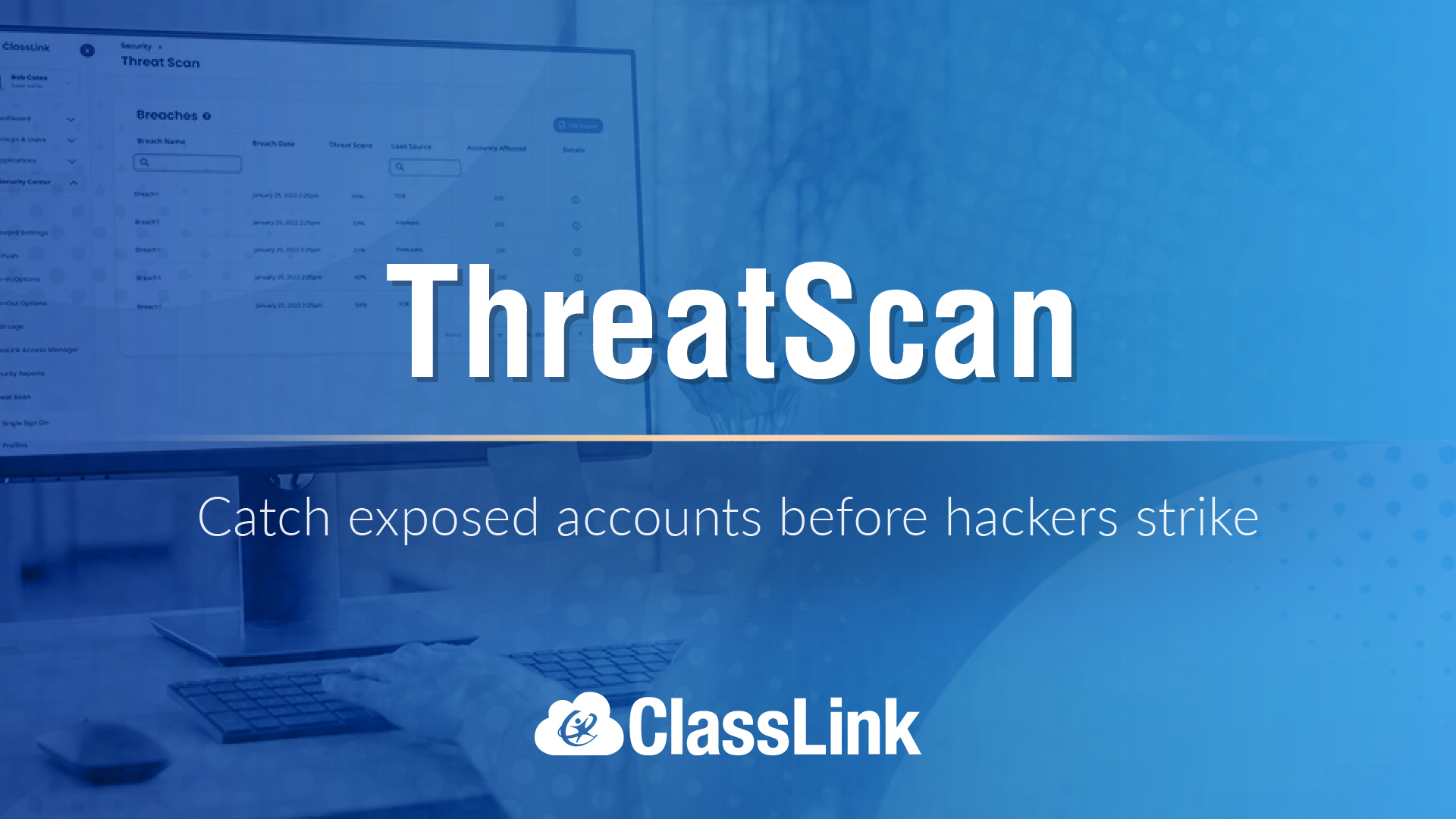3 Useful AI Research Tools for Educators
How to make the power of AI research work for you

In both our training as educators and in teaching children, we are well-schooled (yes, that’s a pun) in research. Some of us can remember struggling to get our bibliography written correctly, never quite getting it right. Finding research to support our work used to be laborious until being able to “Google it” became a thing. Now it’s easier, but still hit or miss.
Enter today’s world of AI research, with many AI chatbots and other resource tools bubbling up with claims of superiority. This reminds many of us of the online tools that entered the market in the 1990s in that many came and went while others started charging in ways that created the freemium model. We are in that phase now with AI, and it would be beneficial to identify some of the tools that seem to have staying power, and are not as well known as others.
We have all heard of ChatGPT, which I often refer to as “the Xerox of the AI world.” (When a noun becomes a verb, as in, “I’m going to xerox that page” or now, “I’m going to ChatGPT or Google it,” that is the standard.) Yet there are other tools that offer free levels of access and produce invaluable results. ChatGPT also doesn’t reference sources, but rather consolidates information for you without sharing where it gathered this information.
Here are three useful research tools that tell you where these found the information, with a basic explanation of each.
Perplexity
When Jeff Bezos backs something, you can bet it’s going to be a decent platform, and Perplexity answers the call. The user enters a prompt, such as “Why does bullying peak in middle school?” Perplexity provides a paragraph response to the inquiry by drawing information from various sources, then generates a detailed outline and gathers supporting details. Citations and sources are provided, both in a simple summary above the outline, and in footnotes throughout, to easily go back and check.
Perplexity pulls from a vast range of sources, so these may be as formal as a scholarly journal, to something as informal as a Reddit response. Being aware of this helps the user to keep a trained eye on the reliability of the source. The AI also operates like other chatbots in its ability to sustain an ongoing conversation if you are continuing to refine your search and weed out unnecessary or less desirable information.
The interface is user-friendly and while a professional fee-based version exists, the free version is sufficient for research efforts. You can even create saved collections of your work to go back to. Perplexity also offers a mobile app version for your phone, and a Chrome extension, making it easily accessible.
Tools and ideas to transform education. Sign up below.
Consensus
A major advantage of Consensus is that it analyzes peer-reviewed research papers using AI. Scientific research from scholarly journals, such as The Journal of Behavioral Science, are provided, with a one-sentence overview of the research evidence, and an index of options from most likely to least (like a google search) is prioritized with each subsequent source. Therefore, you don’t see a paragraph AI output such as Perplexity’s outline, but you know the evidence is direct from a scholarly journal, highlighted by the sentence overview. You can filter the time-range (above the result) to provide more recent, or within a time range.
Consensus also provides APA, MLA, and other format citation references for easy copy-and-paste into a bibliography. Because it is an AI search tool, the burden of exact keyword matching is lifted. Its simple interface is reliable: all findings are tied to actual studies, and sources are cited. Additionally, a unique link to your specific research query can be copied for later access, as here with the prompt, “Why does bullying peak in middle school?”
Elicit
Like Consensus, Elicit’s AI interface is designed to analyze the results from scholarly journals. Its simplicity also makes for a user-friendly navigation process. My search for the above on bullying in middle school turned up this.
Other similar features include the ability to filter a time-range (underneath the result). Similar to Perplexity, Elicit provides a paragraph response to your prompt, and footnotes the supporting research. This is a kind of useful blend of Perplexity and Consensus.
One difference from Consensus is that there is no simple mechanism to grab an APA- or MLA-cited reference. You’ll have to use a tool such as this one to plug in cited information for creation. Upgraded options you can pay for are available, but like the others, the free model offers what I need to do my research.
What I like about all of these tools is their ability to generate a unique link back to the evidence found, for later access and follow up research. This essentially means you don’t have to start over, or worry about storing your citation evidence somewhere for fear it will be lost.
Dr. Michael Gaskell is Principal at Central Elementary School in East Brunswick, NJ, has been published in 75 articles, and is author of three books: Radical Principals, Leading Schools Through Trauma (September, 2021) and Microstrategy Magic (October, 2020). Mike provides current guidance on AI, presents at national conferences, including ISTE (June 2023) The Learning and the Brain (November, 2021), and FETC (January 2025; 2024: 2023, and 2022); and works to find refreshing solutions to the persistent problems educators and families face. Read more at LinkedIn
